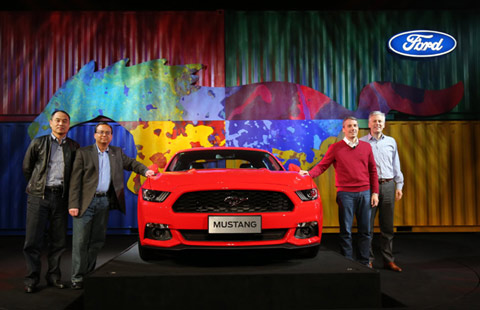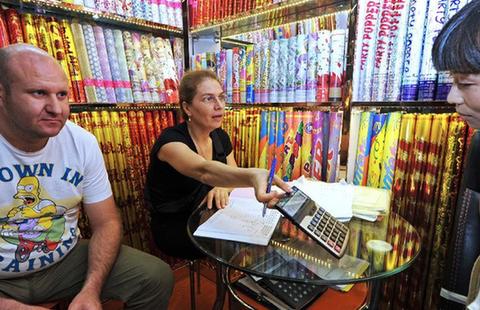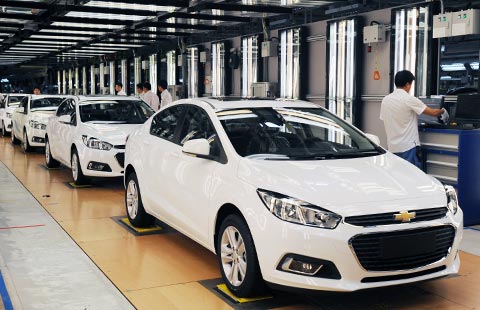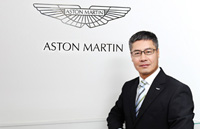Microsoft shows off Windows 10 and 'HoloLens'
(Agencies) Updated: 2015-01-22 10:54
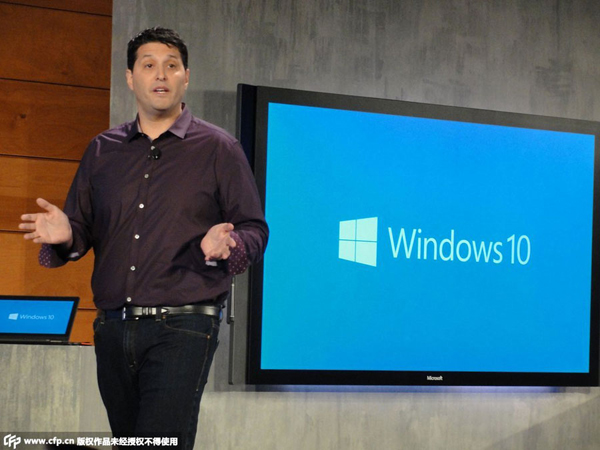 |
|
Microsoft executive Terry Myerson describes features being built into coming Windows 10 software at a press event at the technology titan's main campus in Redmond, Washington on Jan 21, 2015. Microsoft unveiled headgear that overlays holograms on the real world, in what it touted as the next generation of computing. The US technology titan debuted its HoloLens capabilities built into its coming Windows 10 operating system and showed off goggles that let wearers use their hands to interact with virtual objects. [Photo/ CFP] |
For example, Microsoft executives showed new versions of the company's Word app, its Outlook email service and a photo-storage app that look and act similarly on different screen sizes. They also promise to synchronize files so that changes made on one device would appear when the app is opened on another gadget.
Windows 10 will be used in Microsoft's Xbox gaming systems as well. A new Xbox app for computers running Windows 10 will give gamers one place to find messages, video clips and games they have played on multiple devices. Microsoft gaming executive Phil Spencer also suggested programmers may eventually use Windows 10 to create other apps for TVs tied to an Xbox console.
As for the company's new hologram device, executives did not say when it will be available for sale. But they talked about using it for games as well as more serious purposes, such as helping a surgeon visualize a new operating technique or showing someone how to perform plumbing repairs. Nadella said it will be priced to appeal to both consumers and businesses.
And there won't be a Windows 9. Microsoft has skipped ahead in naming the next version, from Windows 8 to Windows 10, as though to put more distance between them.
- China forex settlement surplus narrows in 2014
- China farm produce prices up slightly
- Economic data move toward new normal
- Give China its due in global economy
- Chinese nuclear firms plan equipment, tech sales abroad
- Global nuclear majors target China
- Saudi Arabia slows its $109 billion solar program
- Australian wine exports to China rise 8%


